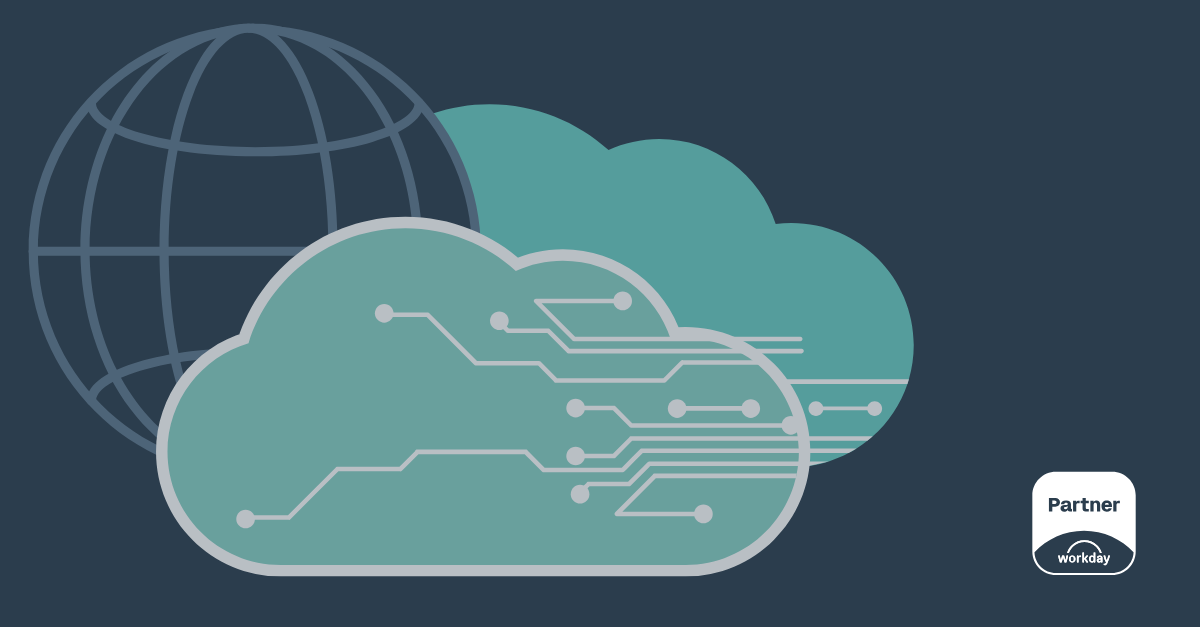News
Workday’s Move to the Public Cloud

We are witnessing a pivotal shift in the Workday ecosystem: the move from private data centers to the Public Cloud. For both new and long-standing Workday users, this migration delivers faster innovation, greater resiliency, and stronger alignment with modern enterprise demands.
Why the Shift to Public Cloud?
Workday is embracing the Public Cloud as its preferred infrastructure for all customers. This move is not just about where your data resides, it’s about how Workday operates. The migration enables standardized architecture, seamless scalability, and accelerated feature delivery across the platform.
Some of the standout benefits:
- Continuous use during updates – Even during weekly or monthly maintenance, users can remain active in the system.
- Localized maintenance windows – Maintenance for data centers in the Public Cloud are scheduled based on the center’s local time zone to minimize disruption.
- Compliance & data sovereignty – Public Cloud data centers often meet rigorous standards like FedRAMP and support region-specific data residency rules.
- Faster innovation cycles – With access to modern infrastructure, Workday can roll out new features and updates faster than ever before.
Who Needs to Migrate, and When?
The Public Cloud is now the standard platform for all new Workday customers. Migration is mandatory for existing customers and will occur in phases determined by Workday’s migration team.
If you haven’t been contacted by the Workday Public Cloud Migration team, you will, but you don’t need to wait. Customers who wish to migrate within the next 6-12 months can proactively request migration by creating a Customer Care > Business Event > Data Center Migration case (in Workday Customer Central).
What can be expected
- Migration is mandatary for all customers not yet hosted in the Public Cloud.
- Emerging markets and newer tenants are being prioritized first.
- Active implementations are excluded, as they are already hosted in the Public Cloud.
- Tenants in WD1 and WD5 in the U.S. will eventually require migration.
How to Prepare for Migration
We highly encourage taking a proactive approach in contacting Workday to schedule your own migration timeline. If you wait too long, Workday may schedule it for a time for you that is not optimal for your business.
- Review and Sign the Public Cloud Migration (PCM) Document. This document formally records your intent to migrate, outlines post-migration configuration requirements, and offers the option to request a free test implementation tenant for up to two months. *Note: Signing the PCM doesn’t lock you into a migration date, it simply confirms your intent to move.
- Select the Right Migration Dates. When choosing your migration window, avoid periods that overlap with critical business events, such as:
- Benefits open enrollment
- Year-end processing
- Merit cycles
- Seasonal hiring
- Major organizational changes, acquisitions, or divestitures
- Planned add-on deployments (if you’re in an active deployment, aim to complete migration early in the process, ideally before end-to-end testing.
- Align Stakeholders and Vendors. Ensure IT teams, internal stakeholders, and third-party vendors are aligned on migration timing, especially for integration updates and IP allowlisting.
- Request Your Migration Window. Submit a case via Customer Central to reserve your preferred migration date. Workday suggests notifying them at least six weeks in advance.
- Leverage Your Test Implementation Tenant. Workday will create a replica of your Production tenant in the destination Public Cloud data center for testing configuration changes and validating integrations.
Migration Process Overview
The migration process follows two phases for most Production customers:
- Phase 1 – Implementation Tenant Migration
- Takes place on a Wednesday (Pacific Time)
- Estimated downtime: up to 12 hours
- Implementation and Customer Central tenants migrate first
- Phase 2 – Production Tenant Migration
- Occurs 1.5 – 2.5 weeks later, on a Saturday
- Estimated downtime: up to 12 hours
- Sandbox tenants are created as copies of the new production tenant after migration
After both phases, Workday performs standard testing and releases your new tenants in the Public Cloud. Your old tenants are retained for 14 days as a contingency backup.
Change Management & Communication
We strongly recommend developing a change management plan that:
- Notifies all end users of expected downtime and new URLs
- Outlines post-migration login or integration updates
- Coordinates with external partners to validate data flows
- Includes a post-migration validation checklist
Our team can provide tailored templates, communication plans, and readiness assessments to minimize disruption.
How Loop Consulting Can Help
As a Workday focused consulting partner, Loop Consulting has supported numerous clients through large-scale migrations and infrastructure changes. We can help you: Develop a migration readiness assessment and timeline, coordinate stakeholder and change management efforts, provide technical validation and testing assistance, and support post-migration optimization and configuration refinement. Whether you’re proactively planning your migration or waiting for Workday’s notice, Loop can help you navigate every step with clarity and control.